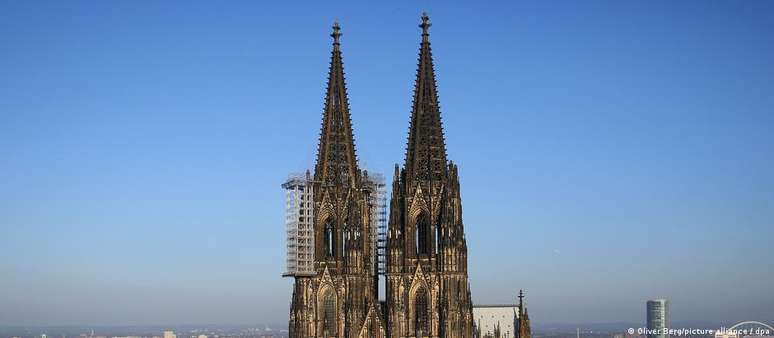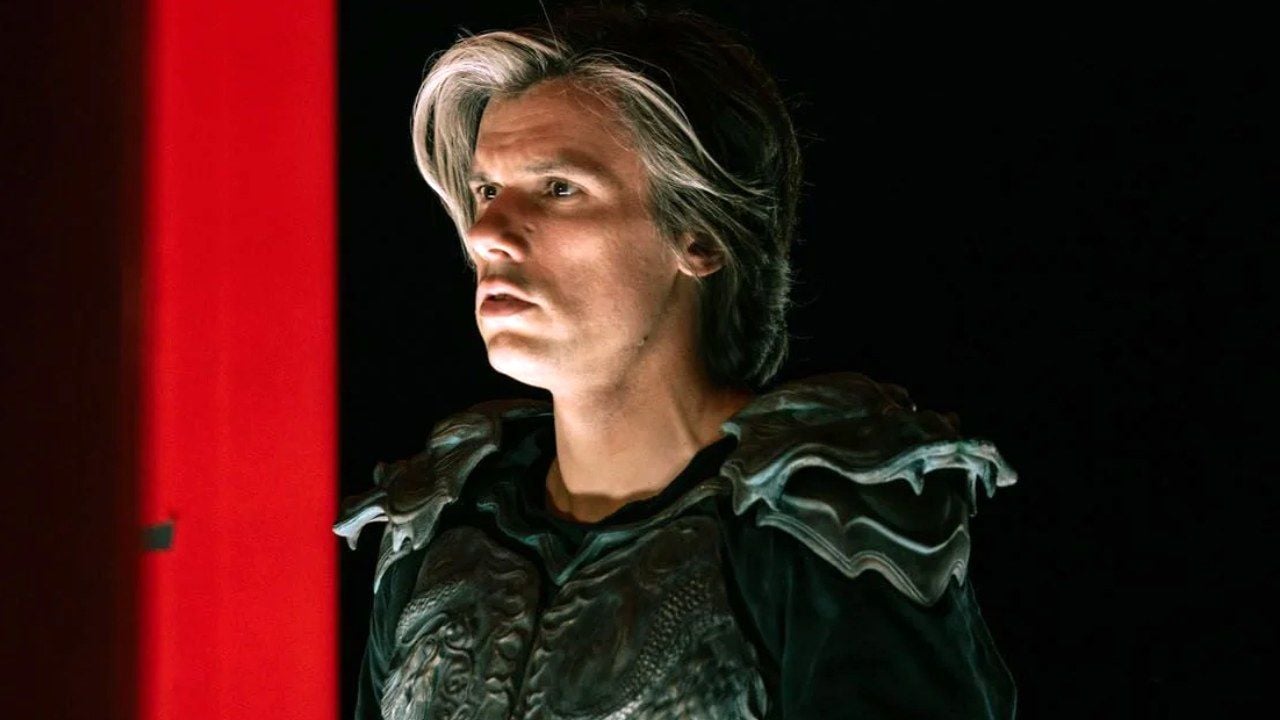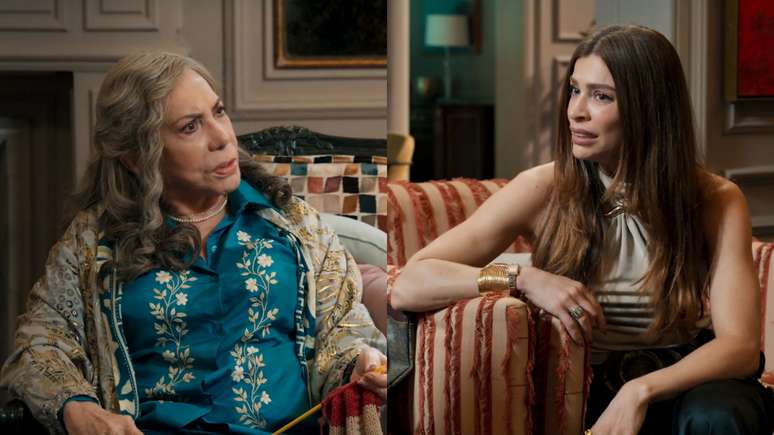The remains of the “wise men of the East” lie in the famous Cologne Cathedral. But how did they get there? And are they? , promulgated the so-called Edict of Milan, putting an end to the official persecution of Christianity.
Many Romans then renounced the gods of old and embraced the new faith, including Helen, the emperor’s mother. She went even further, taking it upon herself to find all the places and objects that might have some connection to Jesus of Nazareth. In Jerusalem, for example, she would have discovered his tomb and also the cross on which he died. It was during this search for relics that she likely came across the remains of the Three Wise Men.
From Constantinople to Milan
Today Christians around the world venerate them as the wise men of the East who followed the star of Bethlehem to Jesus’ manger and paid homage to him as the newborn son of God. In the Bible they are not called kings, but astrologers or magicians.
But whether they were kings or not, the relics were valuable enough that the emperor’s mother took them to Constantinople (now Istanbul). Helena, however, could not keep her discovery for long: the emperor gave her to the Milanese bishop Eustorgius, who placed the gift in a marble sarcophagus and took it to Milan on an ox cart.
At the end of a tiring journey of almost 2 thousand kilometers towards Italy, shortly before arrival, the animals collapsed from exhaustion in front of the city gates. Precisely in that place – at least so the legend says – Eustorgio ordered the construction of a basilica to bury the Three Kings.
Saints as spoils of war
There the bones remained for more than seven centuries – until Emperor Frederick I, known as Barbarossa, besieged Milan in 1162. At his side was the Archbishop of Cologne, Rainald von Dassel, who was not just a man of church, but also imperial chancellor and military leader of Barbarossa. When the Italian city finally fell, Von Dassel requested the remains of the Three Kings as war spoils.
“The archbishop certainly aimed to give prestige to Cologne”, hypothesizes Matthias Deml, spokesman for Cologne Cathedral. “After all, these important saints, who actually date back to biblical times, were obviously of immense importance.”
“An incomparable treasure”
When the archbishop entered Cologne with a large entourage on 23 July 1164, the inhabitants of the city applauded him enthusiastically. In his luggage, in fact, he carried a precious cargo – and with it “an incomparable treasure, more precious than all gold and precious stones”, as he himself wrote in writing.
“The impressive thing is that, before 1162, there were no sources on the existence of these relics,” comments Deml. “By the time they arrived in Cologne, however, they were world famous, as Dassel announced wherever he went that he now held the bones of the Three Wise Men.”
The immense fanfare, however, also aroused greed. There are many stories about the transportation of bones, a cargo that every prince would like to have on hand. Some sources indicate that the bones, declared to be the corpses of plague victims, arrived in the Alps in tin coffins. Others say that the horses’ shoes were nailed backwards, to deceive potential pursuers.
A monk as an inventor of stories
But of all these accounts – the story of Helena and Bishop Eustorgius, as well as the archbishop’s alleged care to protect the remains during the journey to Cologne – only the acclaimed arrival in Cologne is officially documented.
According to Deml, the legend of the Three Wise Men was greatly expanded by the Carmelite monk Johannes von Hildesheim, whose writings state that they no longer wanted to be separated after their visit to Jesus’ manger. One day, then, the apostle Thomas would appear, telling them the future life and work of Christ and ordaining them bishops.
The monk also added a miracle to the tale of the Magi’s death: the eldest king, already deceased, would move his body slightly in the tomb to make room for the second eldest king when he died. Likewise, both would make room for the younger one when the tomb was reopened to bury the latter along with his companions.
The city of Hildesheim, in fact, did not leave empty-handed: it obtained the phalanges of the saints’ fingers from the archbishop of Cologne. “And it wasn’t a small and insignificant part of the body: the indexes of the Three Wise Men are of particular importance, since they were used to indicate the star of Bethlehem”, underlines Deml.
Johannes von Hildesheim was not the only one to add details to the story of the “wise men of the East”. It was only around the year 500 that they received their current names – Gaspar, Melchior and Baltazar – along with a symbolic interpretation: according to the Catholic Church, each of them should represent one of the continents known 2 thousand years ago – Africa, Asia and the Europe -, a sign that the whole world praised Jesus.
A new cathedral
These precious relics were now located in the cathedral of the city of Cologne. To preserve them, Philipp von Hochstaden, successor of Archbishop Von Dassel, who died in battle in 1167, commissioned a golden sanctuary, made by one of the most renowned goldsmiths of the Middle Ages, Nicolas von Verdun.
Every day countless pilgrims flocked to the Shrine of the Three Kings, as the reliquary is known and where, in the morning, an opening was opened to allow viewing of the mortal remains of the saints. According to Deml the relics would help against many evils. “These include epilepsy, but also house fires, fevers, thieves, pirates and other evils, which would thus be banished.”
Emperors and kings also traveled to pay homage to the Three Wise Men. It wasn’t long before Cologne’s old cathedral could no longer accommodate the hordes of pilgrims from all over Europe: a new, more impressive building was needed. Thus, in 1248, Cologne began to build a Gothic church more suited to the new flow of faithful. Its completion, however, occurred only in 1880, 632 years later.
The legend of the Three Kings has survived over the centuries, but even today there is a question: is it really them? “This is certainly not an obvious fake,” says Deml. The sanctuary was opened in the 19th century and when the bones were examined they were found to be wrapped in ancient and precious silk fabrics from Palmyra (in modern-day Syria), dating back to late antiquity.
“So whoever is in the Sanctuary of the Three Wise Men: they are people who have been venerated for many centuries. Whether they are actually the Three Wise Men is ultimately a question of faith.”
Source: Terra
Rose James is a Gossipify movie and series reviewer known for her in-depth analysis and unique perspective on the latest releases. With a background in film studies, she provides engaging and informative reviews, and keeps readers up to date with industry trends and emerging talents.






